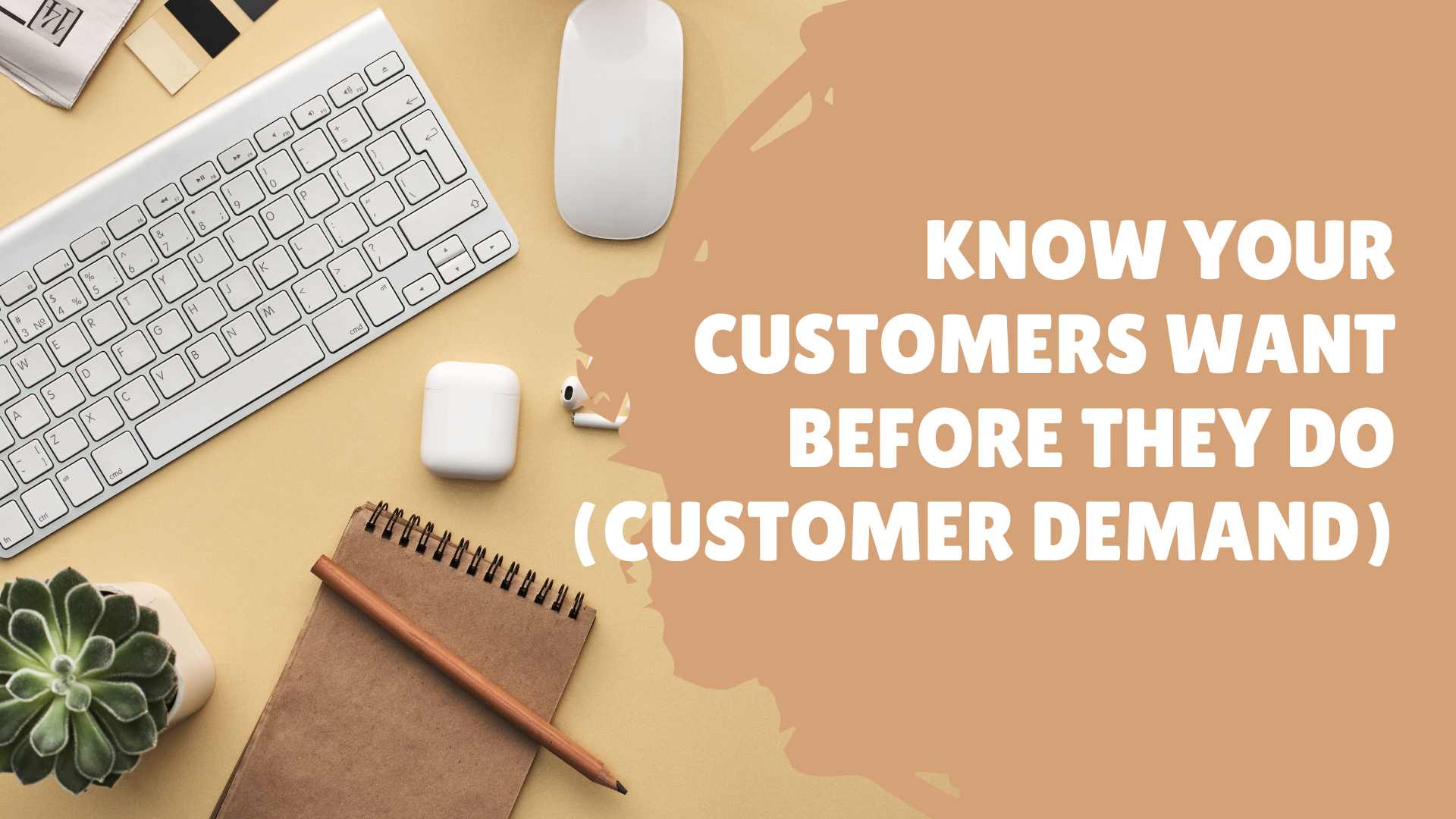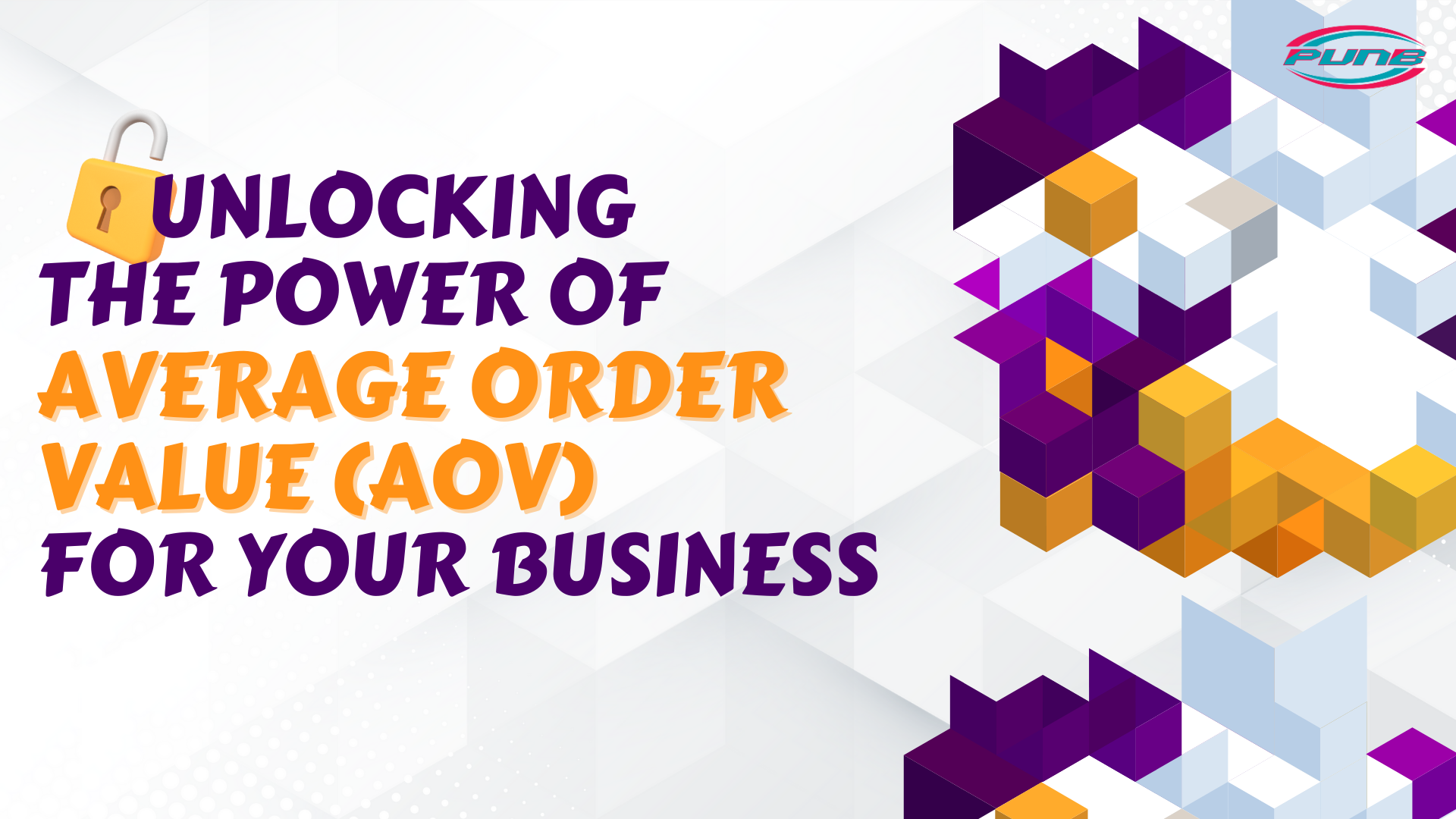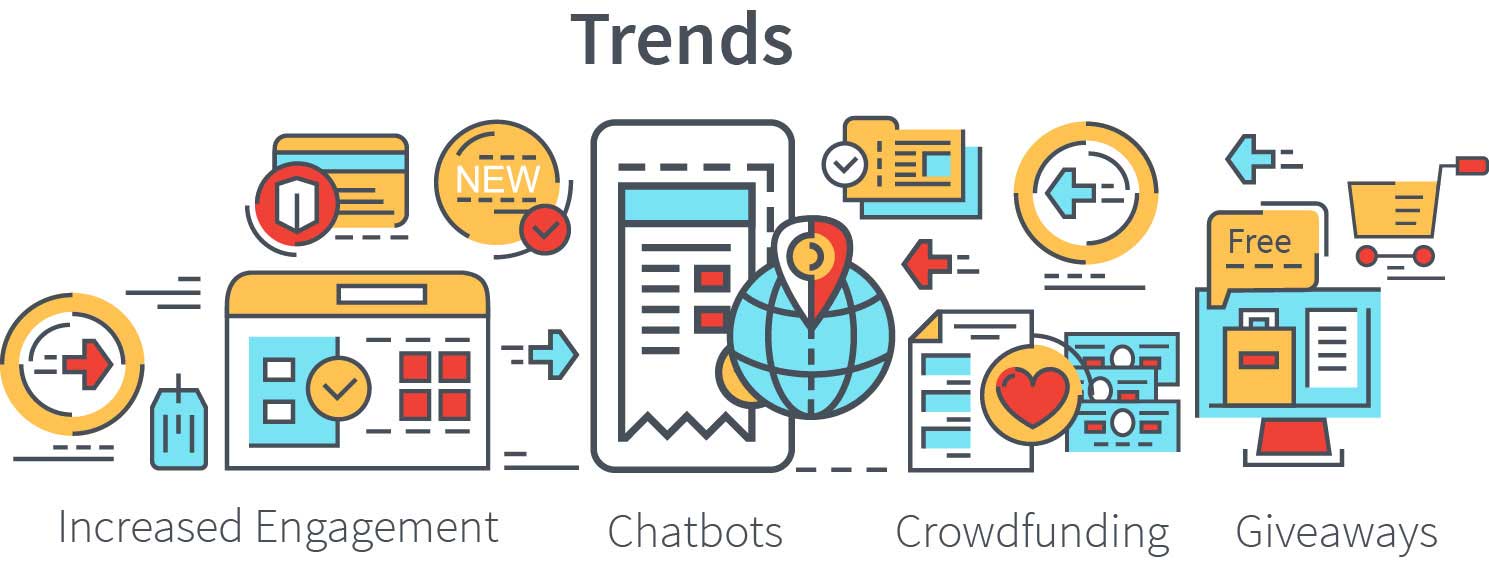It is crucial for a company’s management to keep note of the latest trends and directions of not only the market that they are currently doing business in, but also the general trends happening in other sectors, as well as worldwide.
Aside from guiding managers in taking important and informed decisions, these trends will also help companies to spot the market’s movement and needs. As everyone aware, trends tend to change, and they change at a very fast pace. If you can’t keep up, you’ll lose the race.
That is exactly what befell Nokia, the brand once famous for handphones, in the 2010s. It failed to adapt to market trends, and was left in the dust of other companies such as Apple. The point is, there will always be new trends emerging constantly, which leads us to the question: What are this year’s trends?
As mentioned above, trends change at a fast pace, but among them, these seem to be the most popular:
1) Elevated Customer Engagement
“The easiest and most powerful way to increase customer loyalty is really very simple. Make your customers happy.”
– Kevin Stirz, author of More Loyal Customers
In this digital age, the customer-business relationship has become even more complex. Nowadays, customers expect businesses to have and to maintain a digital presence—be it on Twitter, Facebook, Instagram, or other such platforms.
You might think that you have that pat down with the creation of your official website, but if you are not a large corporation, customers are not going to search you up just to see if you are offering discounts and such trivial matters.
They will want to know your brand, and the simplest method for them to do so is via social media. What they will want to know is information such as:
- What’s up with your business?
- Are you hip?
- Are you funny?
- Are you educational?
- Are you professional and trustable?
If, say, your social media page has interesting, shareable local content with witty captions, then you’re on the right track. The key word here is elevated customer engagement—not just any kind of engagement, which everybody else is doing at this point.
Unless you’re able to handle all queries and complaints, dedicated personnel should be hired to tend to your double-edged pages 24/7. This will make customers feel appreciated and important. It will also win their trust, and ultimately, lead to more business.
Take, for example, AirAsia’s Facebook page. You would think that by the amount of complaints on every single one of their posts that they would lose customers like hair on a balding man, but no. Virtually all grouses are replied to courteously, and their customers keep coming back. Malaysia Airlines takes it a step further by replying to virtually every first comment, even if it is just a simple “good morning”.
This trend of being extra engaging instead of just answering queries or troubleshooting is visible on other local companies’ pages, like Nando’s, Proton, Hokkaido Baked Cheese Tart, The Manhattan Fish Market, myBurgerLab, and Big Bad Wolf Books.
When customers are satisfied with the level of service and engagement offered by a particular business, they will become loyal to that brand. Unlike customer loyalty, which mainly relates to customer spending power, brand loyalty has little to do with the price of goods or services. It is all about how well you engage.
2) Personalised Customer Engagement
“To succeed in business, you need to be original, but you also need to understand what your customers want.”
– Richard Branson, founder of Virgin Group
Each customer wants to feel that they are special and appreciated. A salient point in engagement, other than communication, is personalisation. This is possible by collecting data, usually done by large companies.
Based on research conducted on consumers in the U.K. and Germany, 63% of consumers wanted to have the latest individualised communications from businesses posted on their social media, and 54% of them did not mind sharing their personal data to be able to do so. It is not far fetched to assume that Malaysians feel the same way.
Major companies like Facebook, Google and Amazon are on the forefront in setting the bar for customer personalisation. Among the tools used by these big businesses are demographic targeting, cookies, and social listening.
Ever wondered how Facebook knows what goods or services you are currently eyeing? This is possible via cookies collected from a person’s queries and search engine history. These data can also be used to improve customer experience. Data collected and analysed can accurately pinpoint specific targeted marketing campaigns for unique individuals.
While you might not be able to afford that kind of thing as an SME or start-up, there are always other, more interesting ways to engage your customers personally. That’s where contests and giveaways come in. After all, -who doesn’t love those? Freebies, anyone? It also can’t get any more personal than that.
Back in 2010, GoPro started their daily giveaway campaign online to draw more attention to its growing product line-up. They gave an action camera away every day for five years, to tremendous fanfare, such that it has helped them to become the brand for action cameras.
What did they gain out of the publicity stunt? E-mail addresses. Loads and loads of them. Afterward, the contestants were all bombarded with GoPro marketing material (Which they didn’t mind), and GoPro achieved its goal of growing their user base.
Closer to home, Grab and Uber has been battling it out to out-personalise each other in their battle for market share, with free ride promotions, item deliveries, and event-specific promotions. Know your customers and give them what they want.
3) Chatbots
“Businesses are rapidly embracing artificial intelligence to gain a competitive edge and stay relevant to consumers, as brand engagement will be reimagined next year.”
– Jana Eggers, CEO of Nara Logics
Gartner, a U.S.-based research firm, predicted that only one in three customer service interactions will require actual human interaction in the near future. Currently, due to the limited number of online customer service representatives (Think Facebook), things can get messy.
While customer support is something that can be relegated to India for tech corporations like Dell and HP, the same does not hold true for most SMEs. If a customer service executive isn’t actually hired, the person who does the servicing is usually the secretary, or worse, the busy entrepreneur himself. Not exactly an ideal situation when you’re expanding.
This problem can be solved by chatbots, which are programs that simulate human conversation. They do not require waiting time, and will provide almost instantaneous answers to whatever queries posed. Examples include JiffyBots, Twyla, Helloumi, and Agentbot.
The best thing is that these chatbots can be integrated into websites, Facebook Messenger, Telegram, Twitter, WhatsApp, and other social media platforms. How cool is that? Instead of hiring digital media correspondents, businesses may opt for these bots to do the same tasks, 24 hours a day.
This is made possible because currently, artificial intelligence (AI) has reached a stage in which chatbots can have increasingly engaging and human-like conversations (Yes, even in Bahasa Melayu), allowing businesses to leverage the inexpensive and wide-reaching technology to engage with more consumers.
Businesses are now able to employ chatbots to reply to consumer questions and queries, streamline customer resource and sales, influence purchases, improve social media engagement, and simplify payment processes. While it may take a while for the trend to pick up in Malaysia, it is definitely coming here.
4) Crowdfunding
“Crowdfunding will continue to be an invaluable resource for entrepreneurs. Crowdfunding platforms allow entrepreneurs to easily validate and fund a new product or service all while growing their customer base.”
– Michael Banks, founder of FortunateInvestor.com
Different from the traditional business funding exercise where budding entrepreneurs seek wealthy individuals to fund their projects, crowdfunding raises the needed capital from collective efforts of friends, families, customers, or even strangers.
With the mushrooming of crowdfunding platforms locally, like PitchIN, MyStartr, CrowdPlus.asia, Alix Global, ATA Plus, Crowdo, Eureeca, and Ethis Kapital, Malaysian businesses are quite spoilt for choice. At writing time, six of these platforms have been approved by the Securities Commission Malaysia (SC).
These platforms are open to all kinds of projects, from businesses, charities, real estate, arts, films and theatre, and education. In 2015, crowdfunding was estimated to have raised USD 34.4 billion globally—double the volume in 2014. While the numbers for 2016 have not been released yet, should this trend continue, crowdfunding is set to surpass traditional funding practices in the very near future.
Aside from getting more investors to fund a project with more flexible fundraising options, other advantages of crowdfunding include increasing reach, improving project presentation, widespread public relations and marketing media, and validation of concept for the project.
A notable platform for Muslim entrepreneurs to consider is Ethis Kapital, the KL-based crowdfunding company founded by two Singaporeans and two Indonesians. Aiming to bridge Malaysian SMEs with crowd-sourced Islamic finance solutions, it is poised to develop the Islamic sharing economy in Malaysia in the future, and is a viable option for those who wish to keep things Shariah-compliant.
5) Niche Businesses
“The key to competing and surviving against Wal-Mart is to focus your business into a niche or pocket where you can leverage your strengths in the local marketplace.”
– Mike Bergdahl, author and professional business speaker
Nowadays, entrepreneurs are starting to focus on businesses with niche markets. Niche businesses sell products or services with unique qualities and features for specific demographics at a more premium price to satisfy specific marketing needs. They define small, specific target customers and do all out marketing and sales on this small community.
An example of such a company is Lefty’s, which sells school supplies, kitchen goods, and so on, but only for left-handed people. Statistically, only about 10% of the world population is left-handed, thus making them a unique and niche company.
The advantages of a niche business include fewer competition, increased brand loyalty, ease of conducting business to similar types of customers/markets, and a smaller marketing budget needed.
In Bolehland, we have seen various upscale kopitiam chains taking over the F&B industry by creating a niche since the early 2000s. When that became mainstream, we saw The Teh Tarik Place finding a niche of its own in malls as an upscale Mamak restaurant amidst the Kayus and Pelitas.
Even more recently, building up on the nicheness of ride-hailing apps Uber and Grab locally and Gojek and GrabBike in Indonesia, is Dego Ride, the motorcycle taxi app. It has caused quite an uproar due to the government’s safety concerns, but the point is, the exploration of niche businesses and markets will continue to pave the way forward and is a trend that will not fade away anytime soon.

































